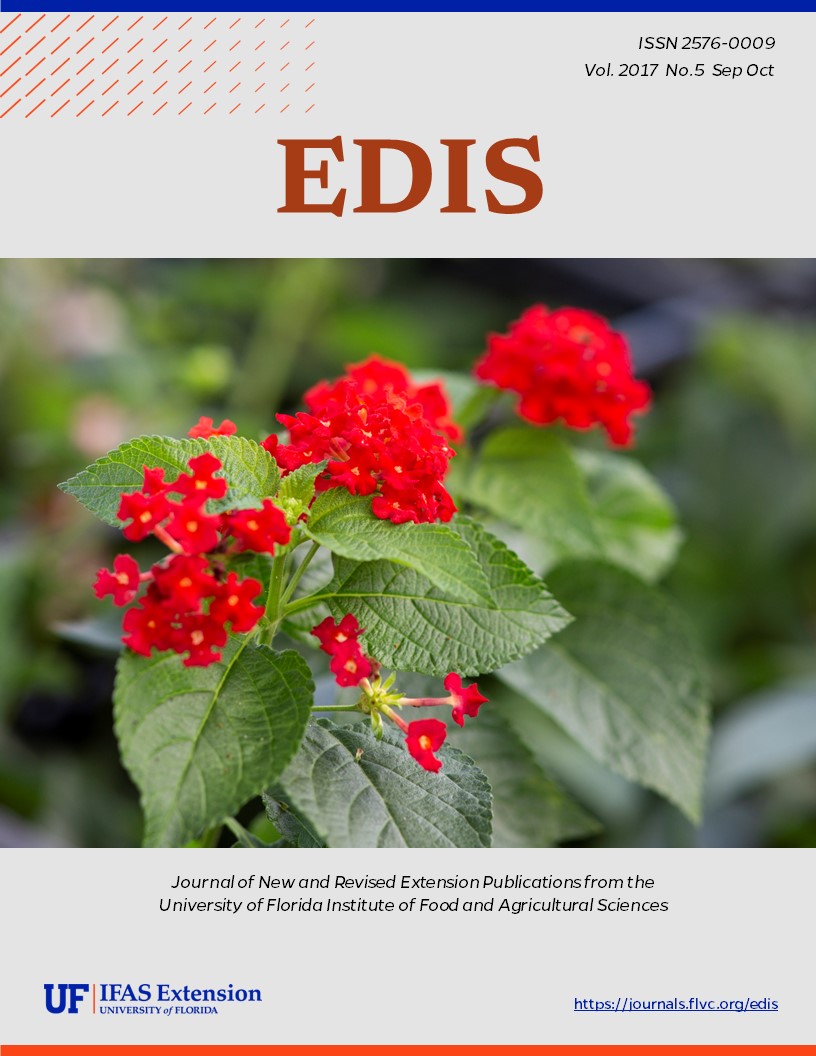Abstract
Water is a limiting factor in Florida citrus production during the majority of the year because of the low water holding capacity of sandy soils resulting from low clay and the non-uniform distribution of the rainfall. In Florida, the major portion of rainfall comes in June through September. However, rainfall is scarce during the dry period from February through May, which coincides with the critical stages of bloom, leaf expansion, fruit set, and fruit enlargement. Irrigation is practiced to provide water when rainfall is not sufficient or timely to meet water needs. Proper irrigation scheduling is the application of water to crops only when needed and only in the amounts needed; that is, determining when to irrigate and how much water to apply. With proper irrigation scheduling, yield will not be limited by water stress. With citrus greening (HLB), irrigation scheduling is becoming more important and critical and growers cannot afford water stress or water excess. Any degree of water stress or imbalance can produce a deleterious change in physiological activity of growth and production of citrus trees. The number of fruit, fruit size, and tree canopy are reduced and premature fruit drop is increased with water stress. Extension growth in shoots and roots and leaf expansion are all negatively impacted by water stress. Other benefits of proper irrigation scheduling include reduced loss of nutrients from leaching as a result of excess water applications and reduced pollution of groundwater or surface waters from the leaching of nutrients. Recent studies have shown that for HLB-affected trees, irrigation frequency should increase and irrigation amounts should decrease to minimize water stress from drought stress or water excess, while ensuring optimal water availability in the rootzone at all times.
References
Morgan, K.T. and T.A. Obreza. 2008. Irrigation Management to Improve Nutrient Uptake. pp 60-63. In: In: Obreza T.A. and K.T. Morgan (Eds). 2008. Nutrition of Florida citrus trees. UF/IFAS SL253, Univ. Florida Coop. Ext. Service, Gainesville, FL p. 100.

